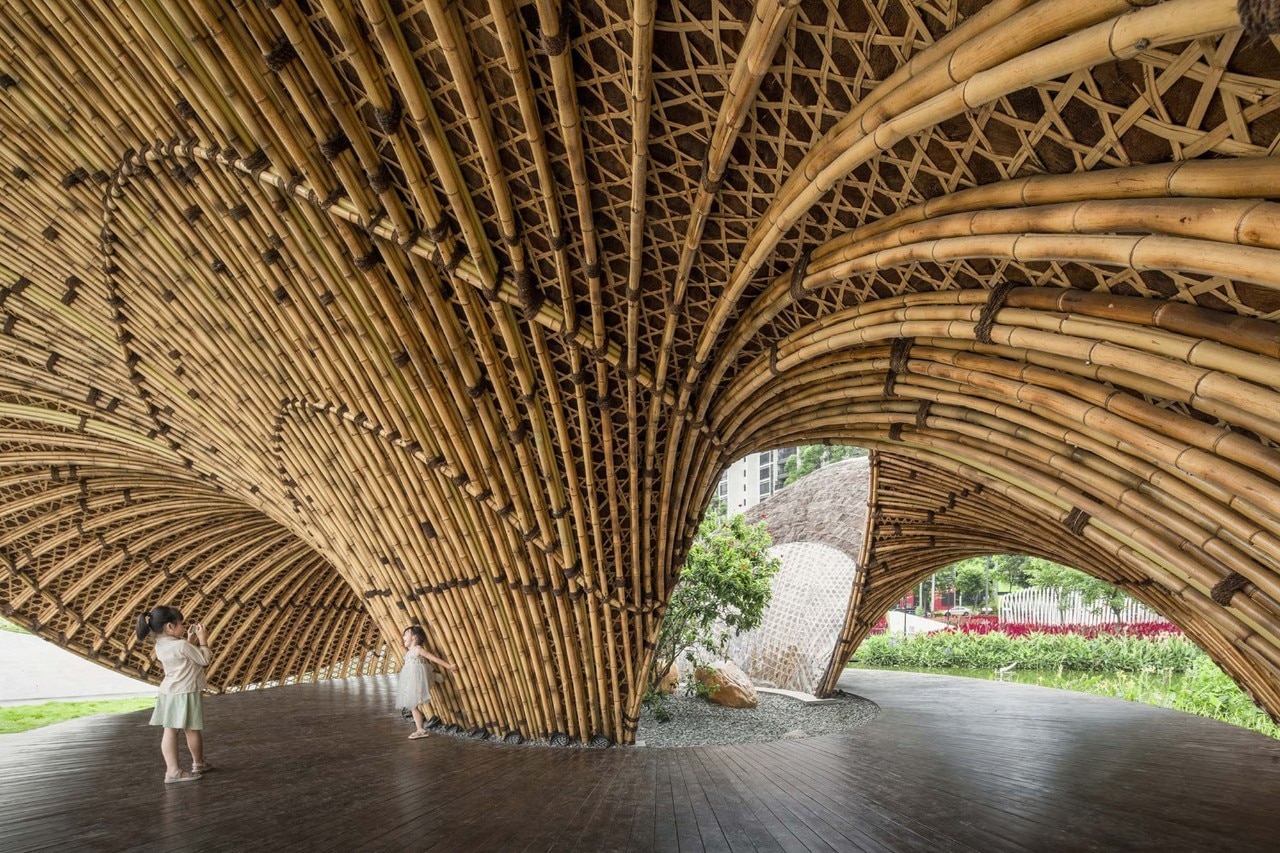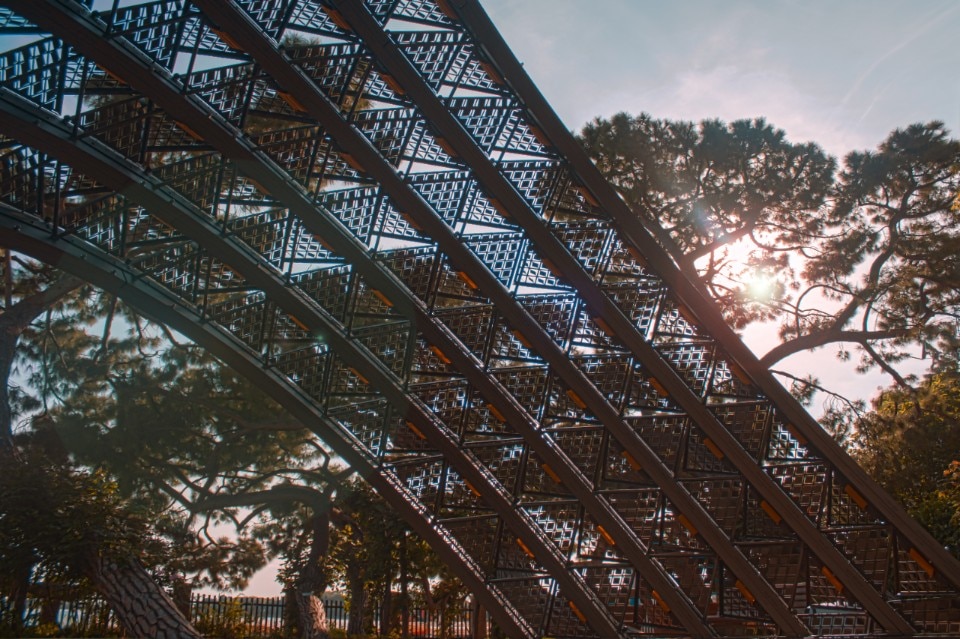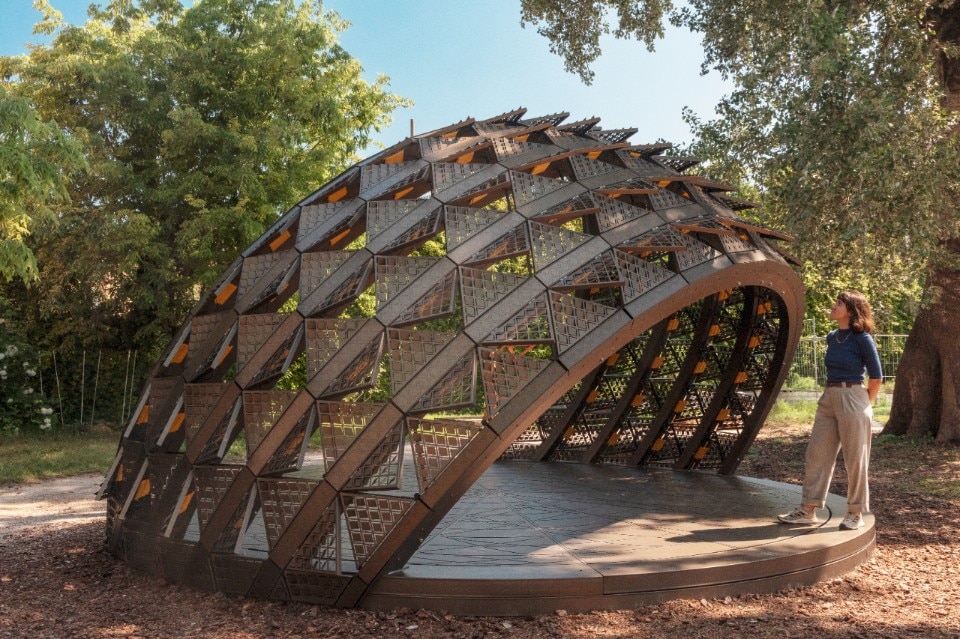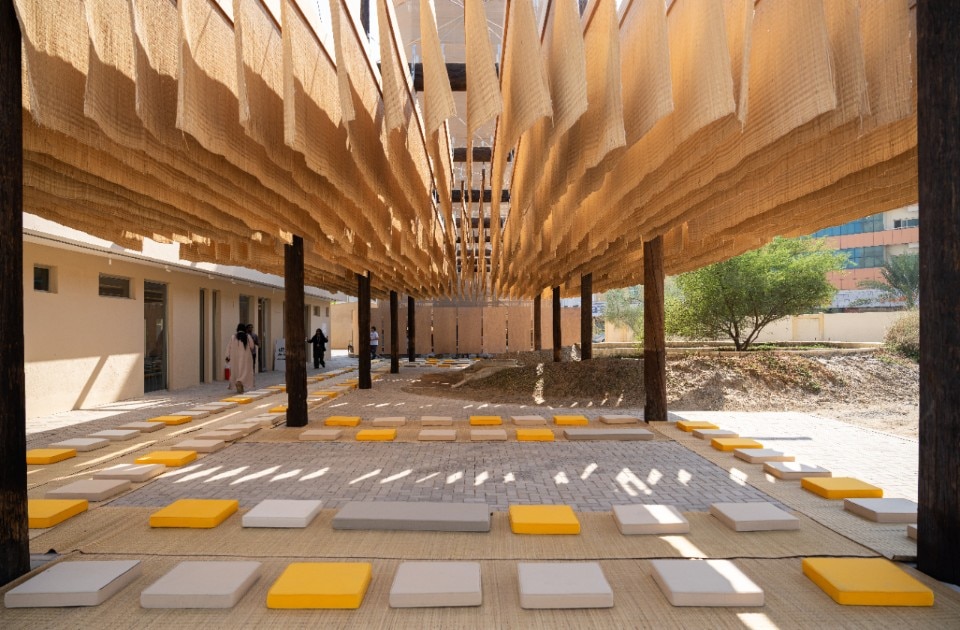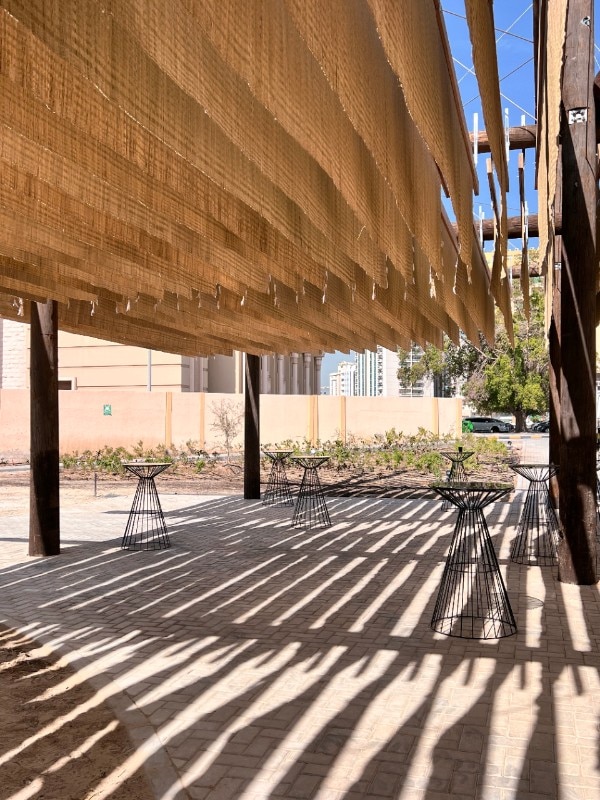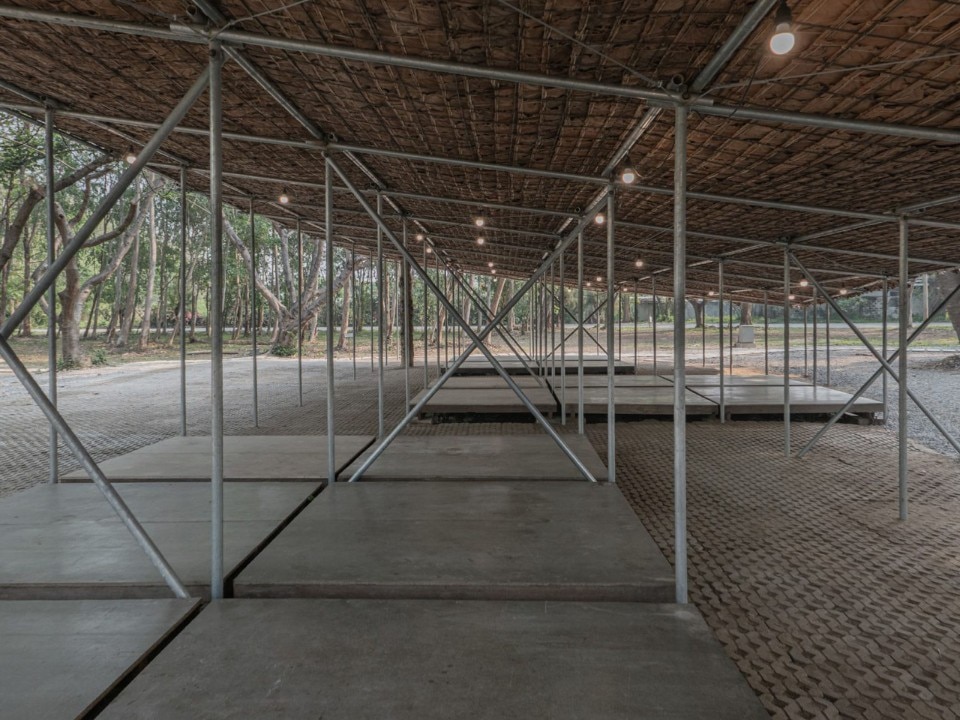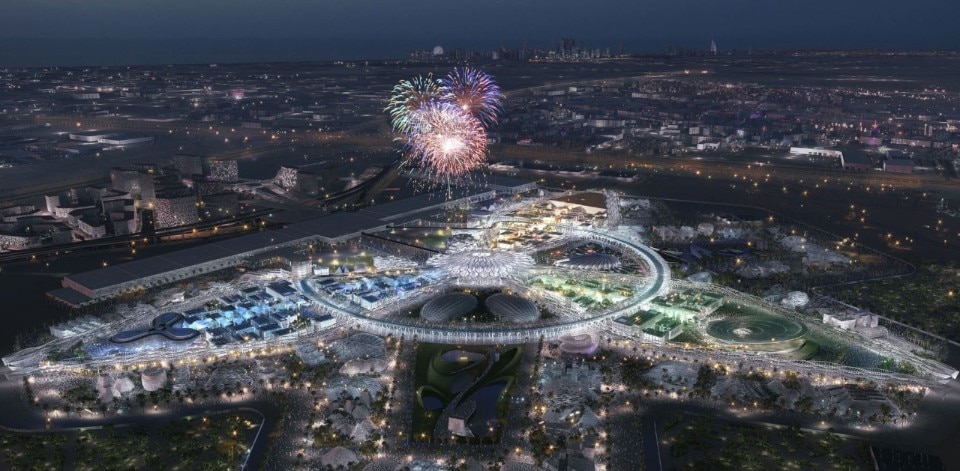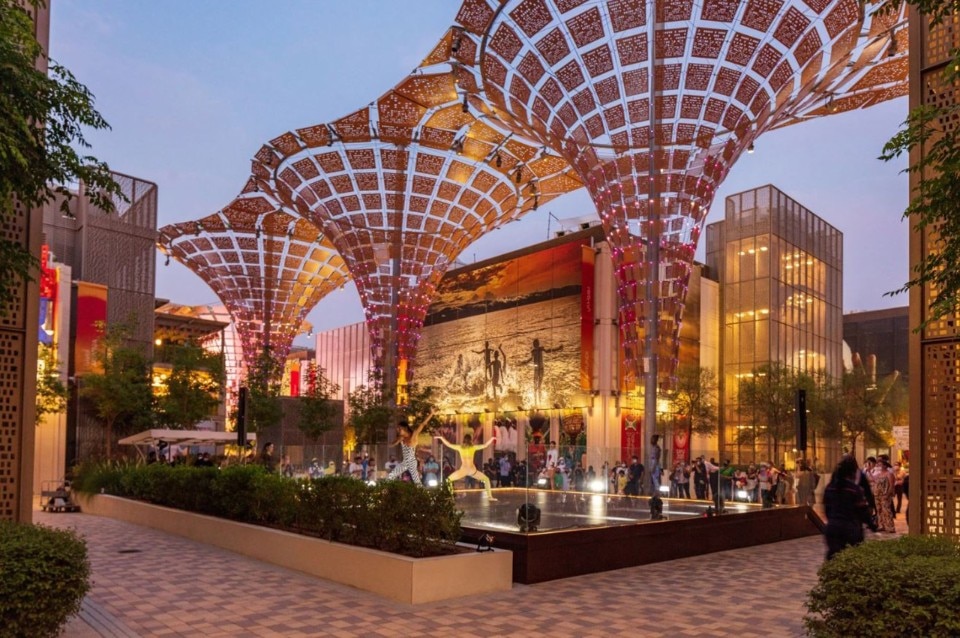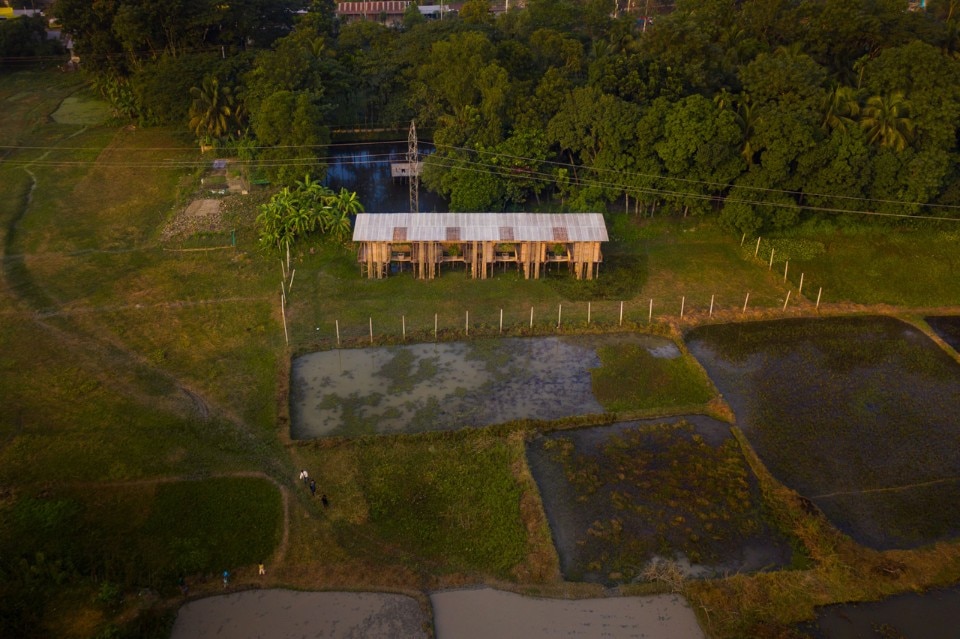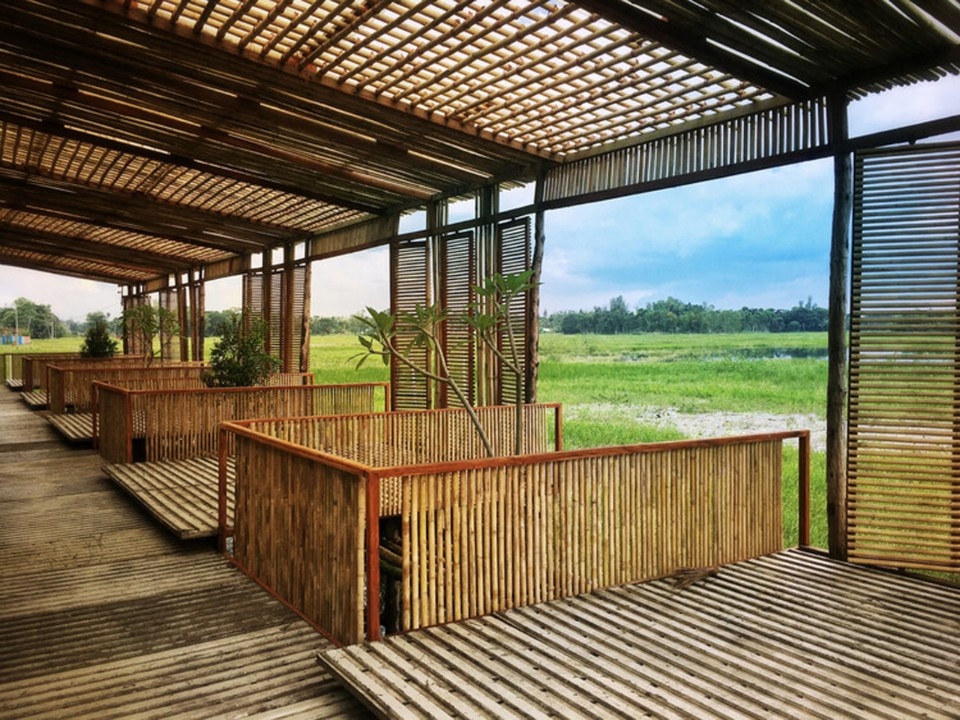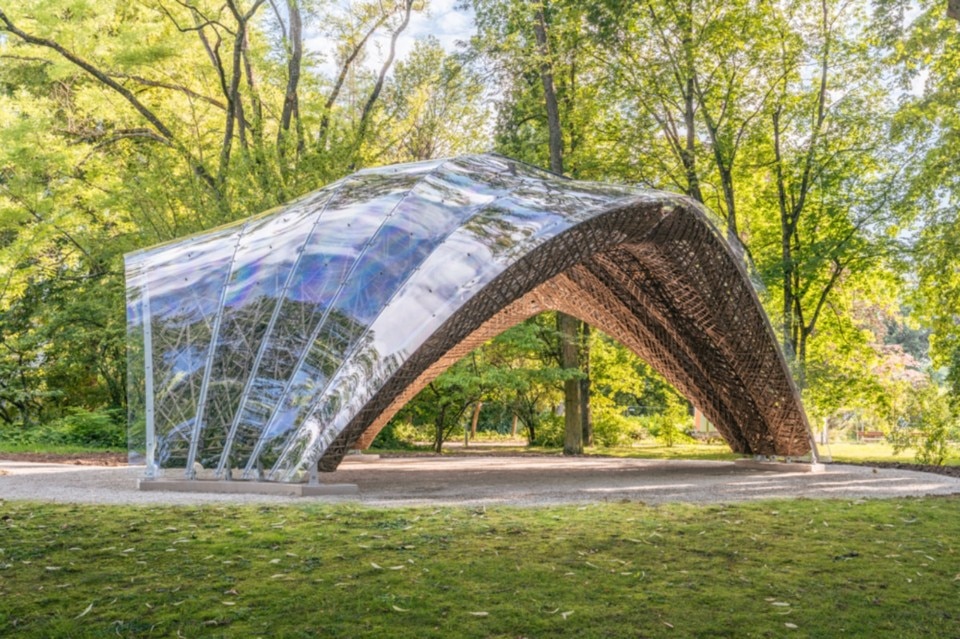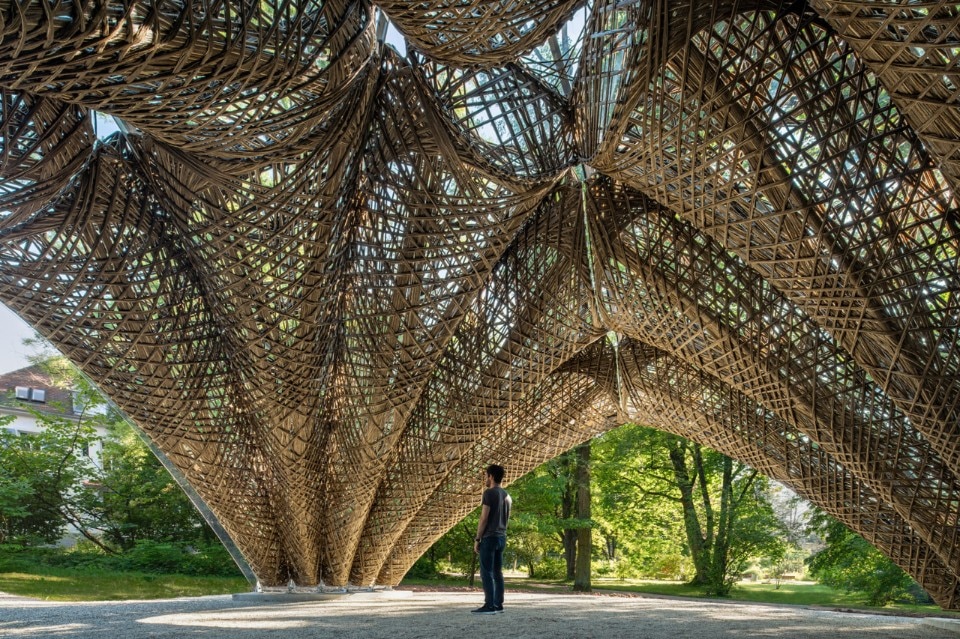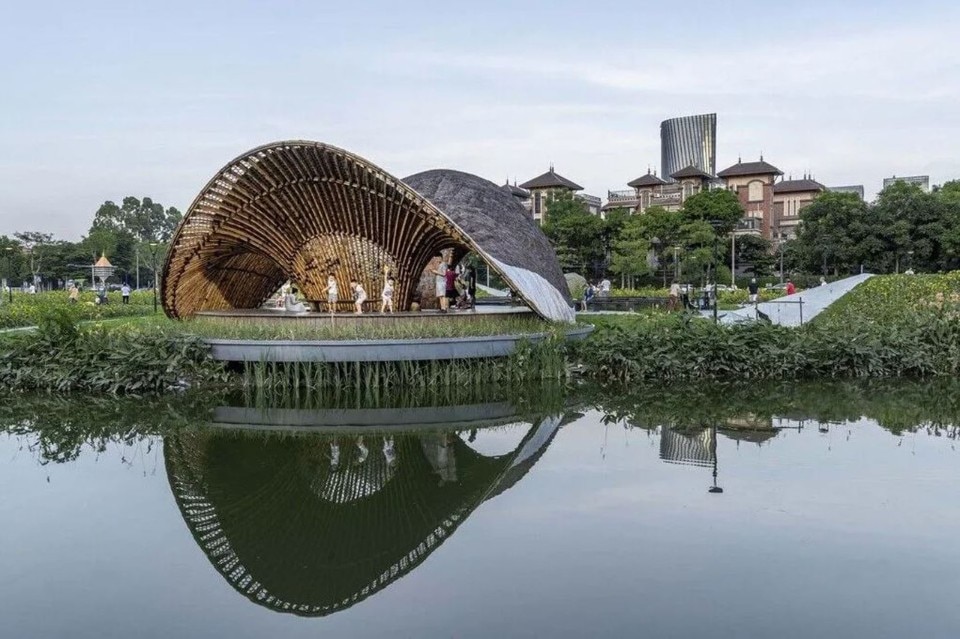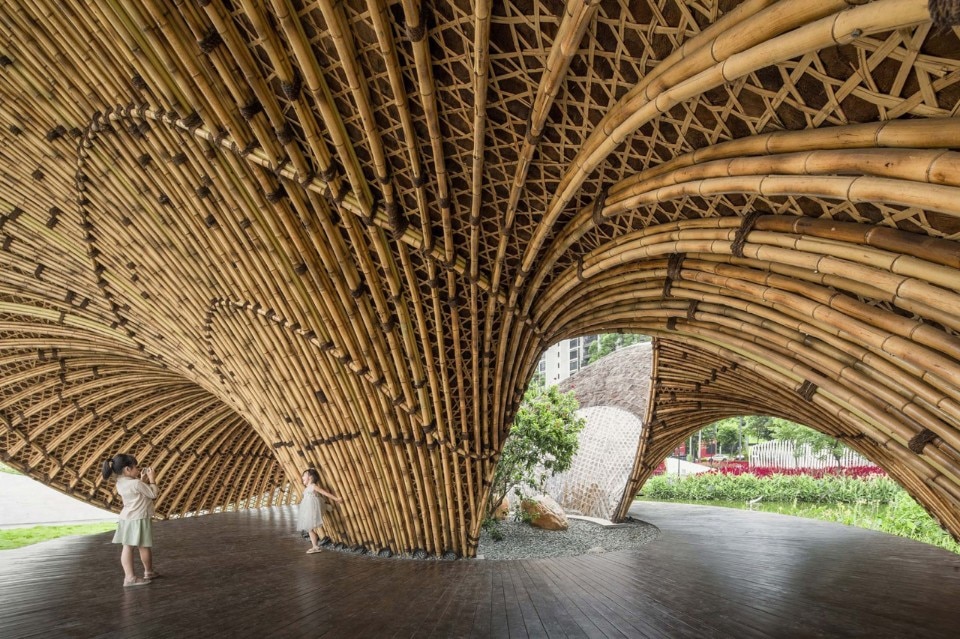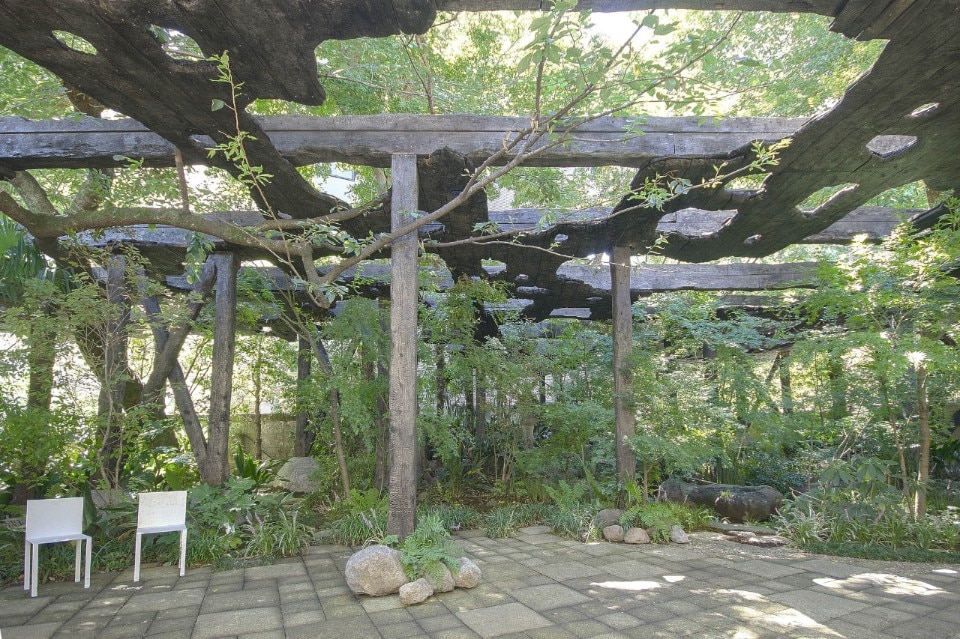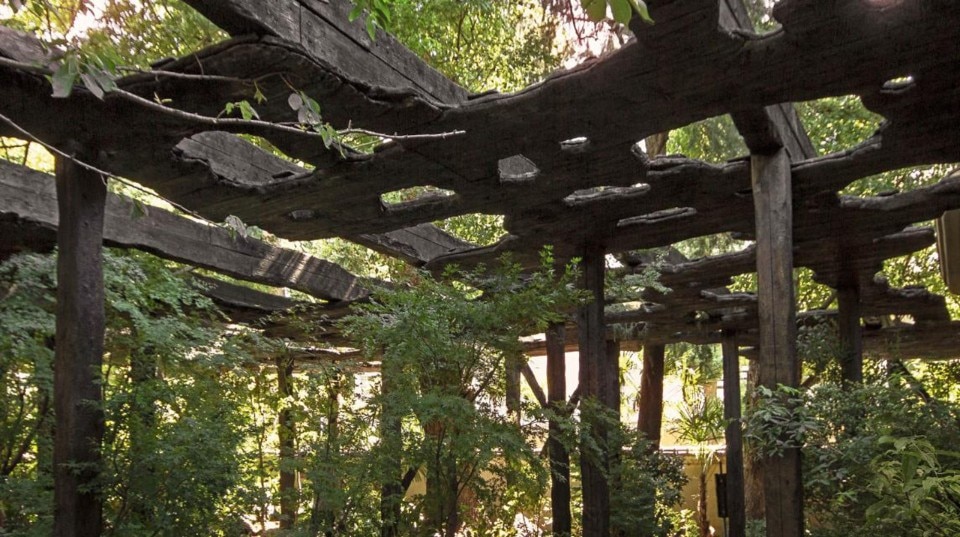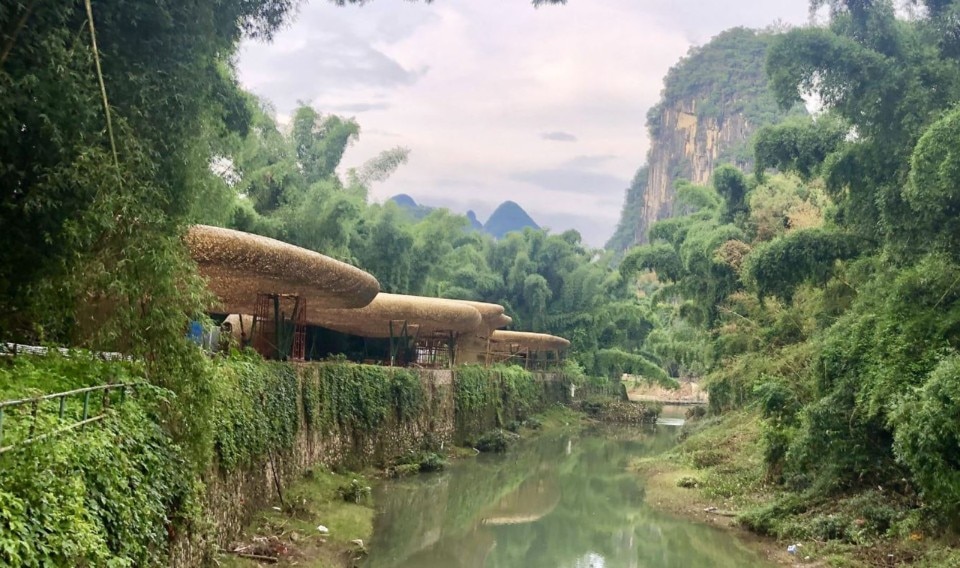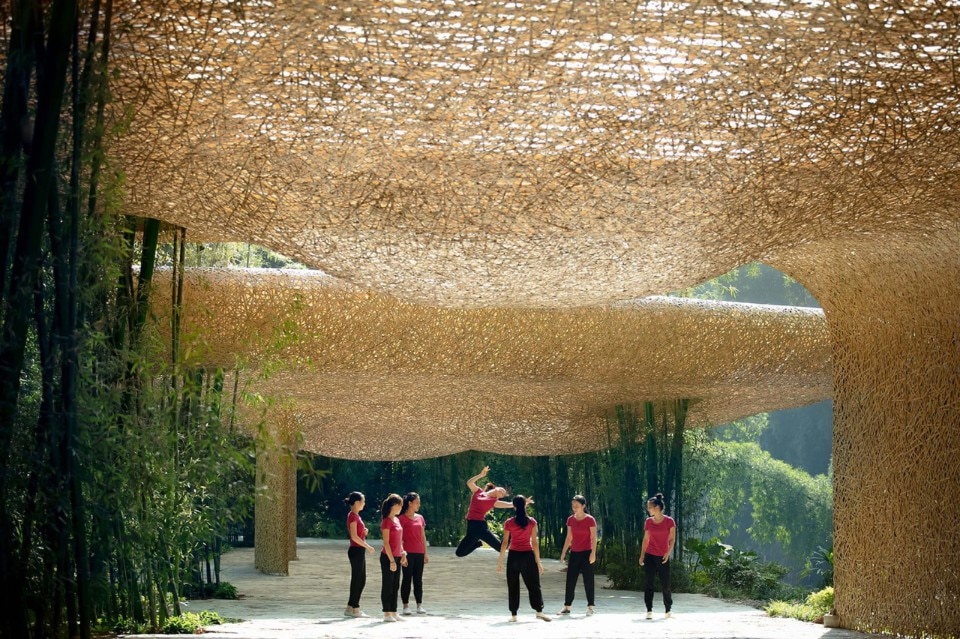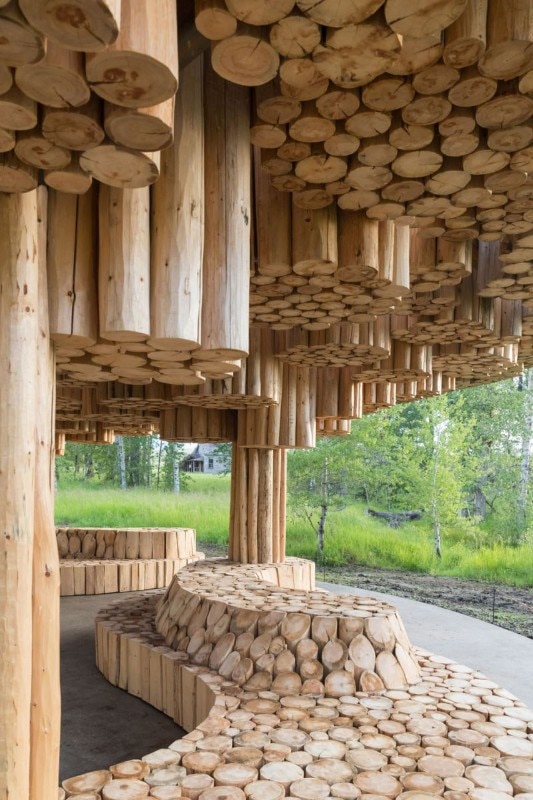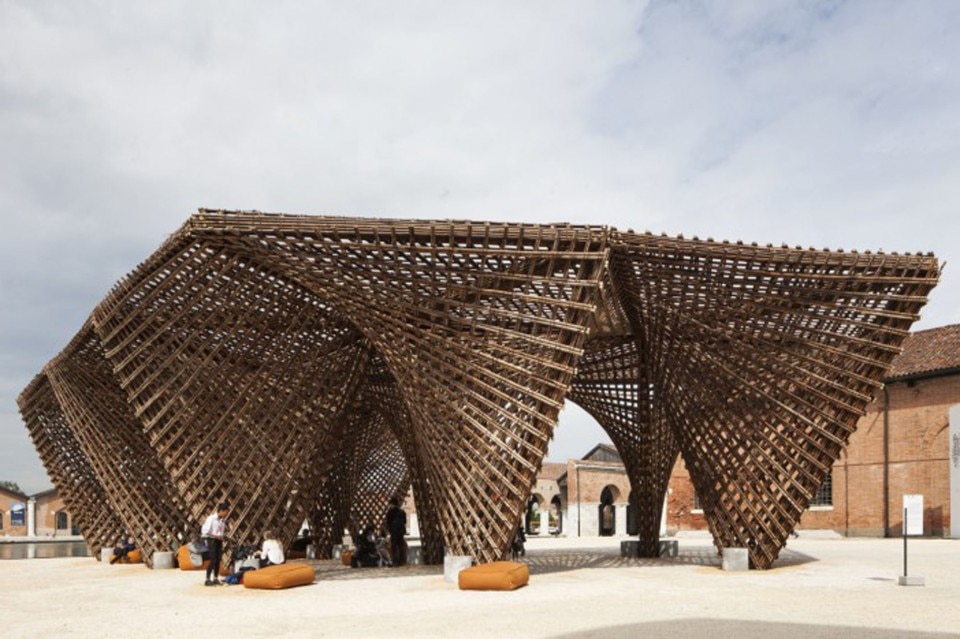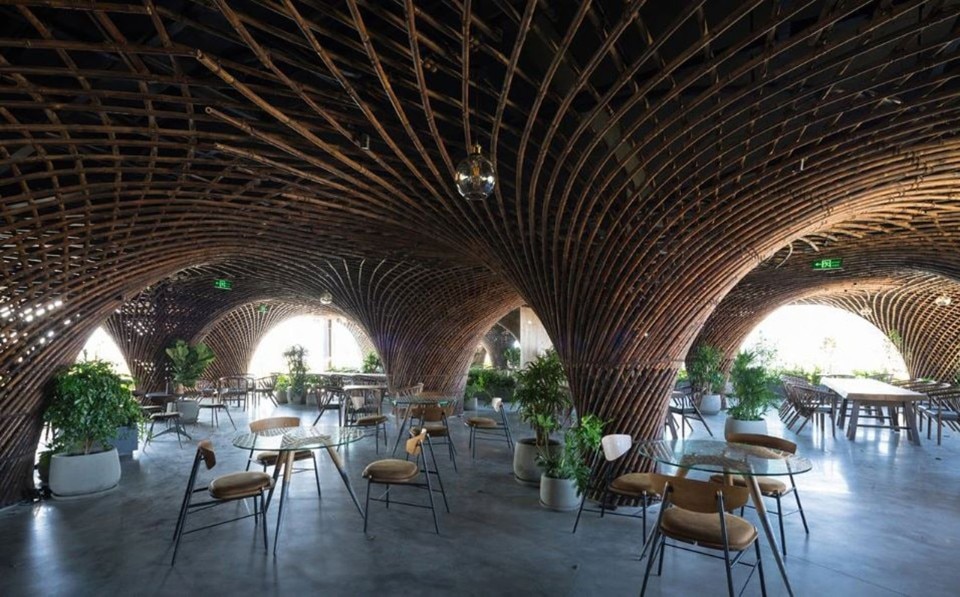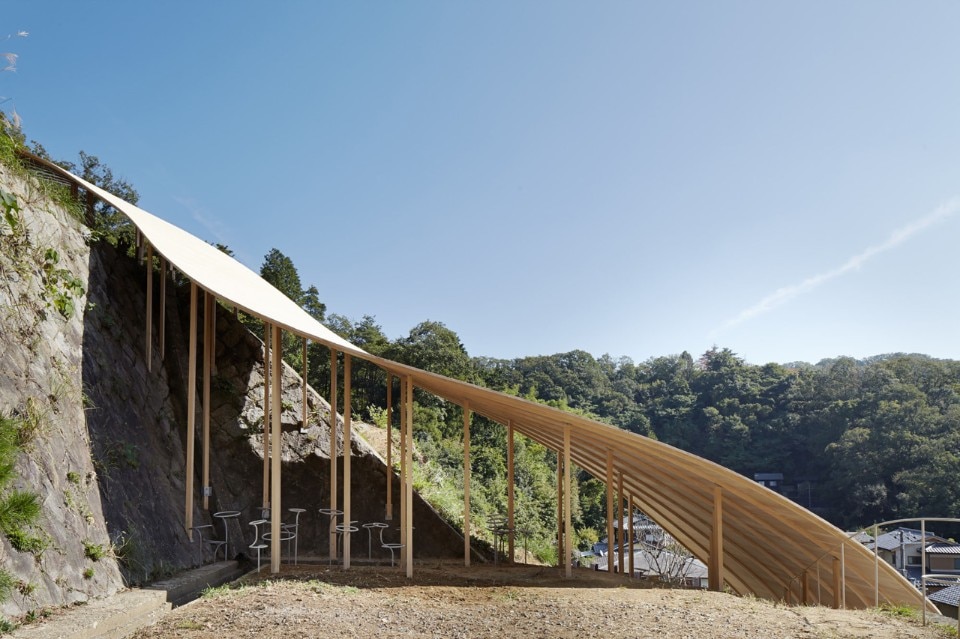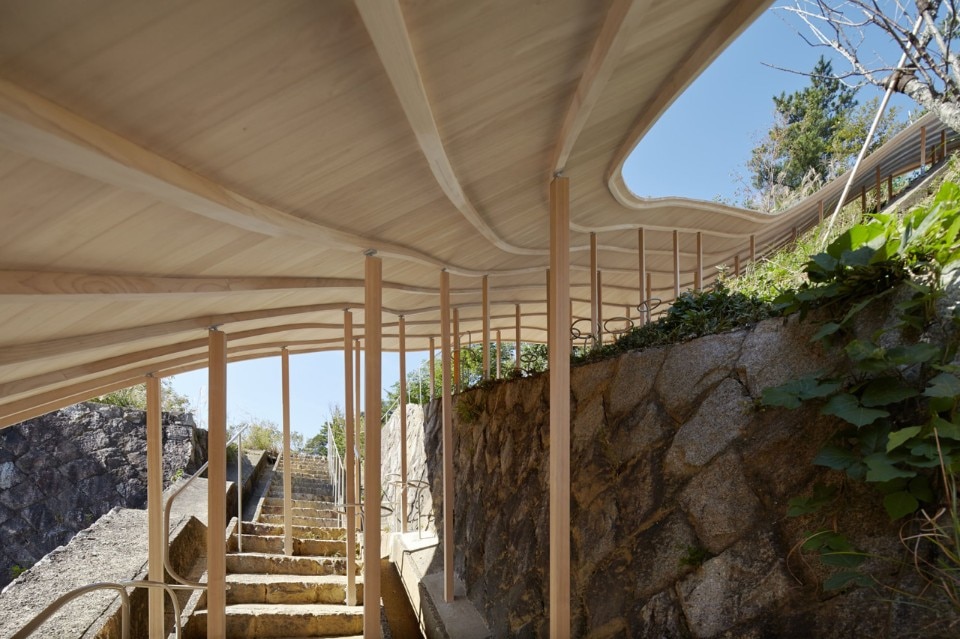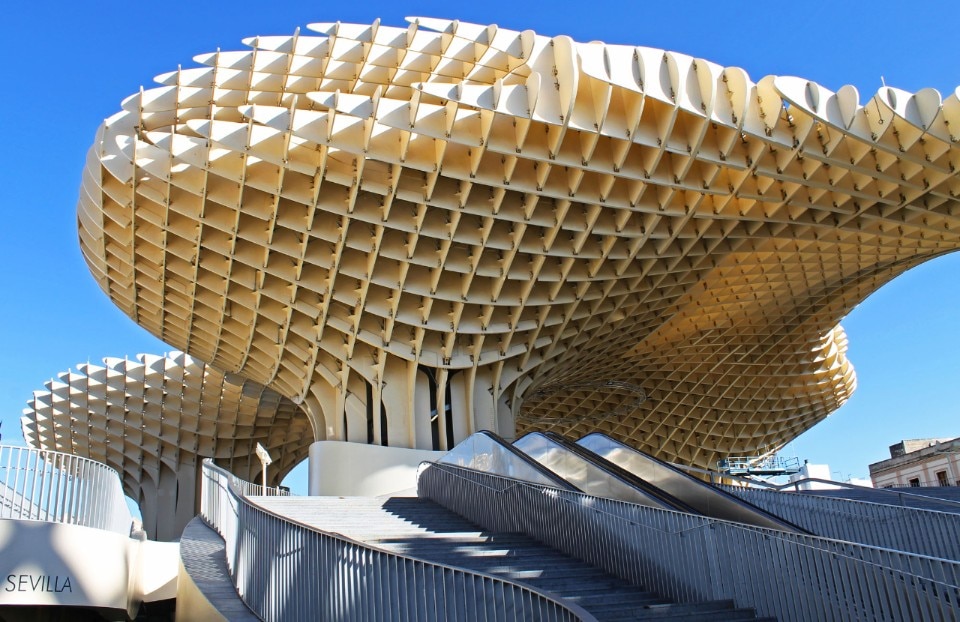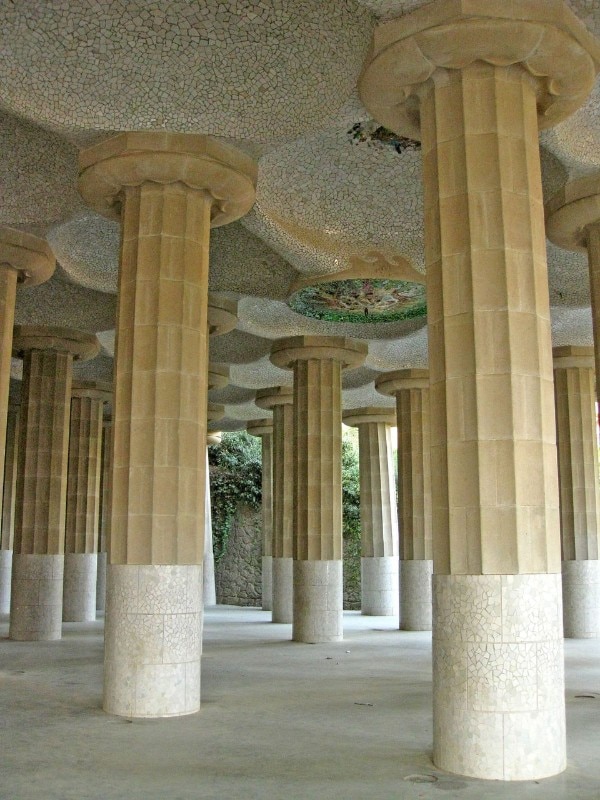If the sun beats down, a thread of shade is a mirage for a red-hot humanity, there are those who, like the Japanese writer Jun’ichirō Tanizaki, found in the darkness much more than an emergency lifesaver to rebalance body temperature. In the shadows, Tanizaki in fact saw the spirit of traditional Japanese culture made up of nuanced perceptions, measured gestures, secluded environments, sensory experiences not only visual but above all olfactory, tactile and auditory, in contrast with the Western sensibility obsessed with technological progress and devoted to the excesses of electric lighting.
And the fascination with shadow also finds its raison d’être in architecture: in design, shadow has in fact always been a decisive compositional element that gives the built form a plastic and vital value (Barragán, Terragni and Le Corbusier, among others, were well aware of this), if not at times “spiritual” (the pyramids of Chichén Itzà are an example), thanks to the chiaroscuro effects that animate volumes with their own ever-changing expressiveness, as opposed to the “deadly” stasis of two-dimensional forms.
Thus, amidst symbologies, geometric games and perceptive suggestions, the value of shadow goes beyond its purely prosaic character of relief from the heat to access an aesthetic dimension that finds an interpretative key of reality (of purely oriental origin) in the shading, in contrasts, in the dualism between opposites, in transience.
A principle that finds expression in many recent architectures conceived as temporary or permanent shelters in more or less extreme climatic zones, where the shadows animate the spaces with an endogenous force of their own that often transcends the simplicity of the constructions: works made of natural materials – wood, bamboo, linen, palm mats – with essential forms (Umbral Crudo, Folly in the Forest Pavilion, Kokage-gumo Pavilion and Roof & Mushrooms Pavilion in Japan; Matter.Space. Soul Pavilion in Bangladesh; Xylem Pavilion in the USA) or articulated (Urban Park Micro Renovation and Bamboo Bamboo Pavilion in China; livMatS Pavilion in Germany; Bamboo Stalactite in Venice; Tematic district expo Dubai; Nocenco Café in Vietnam; Espacio Metropol Parasol and Parque Güell in Spain), but always expressing a symbiotic relationship with nature (Sombra pavilion) and with the passing of time, and therefore perceived as “living matters”.


